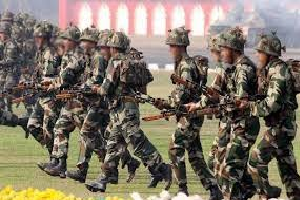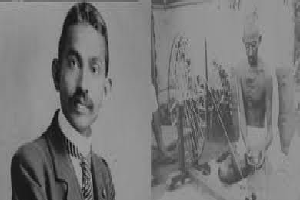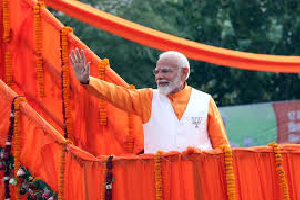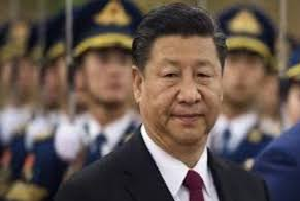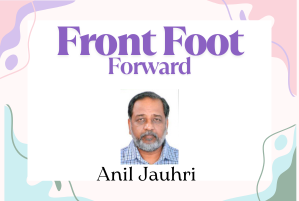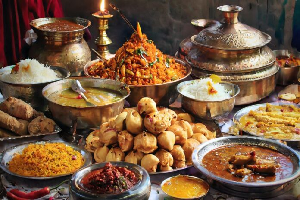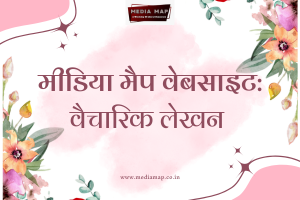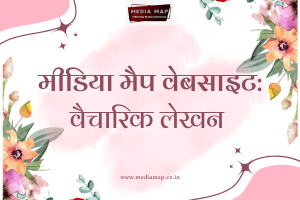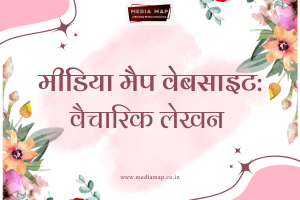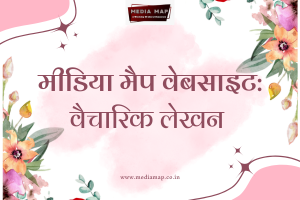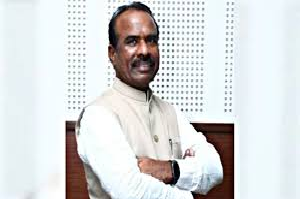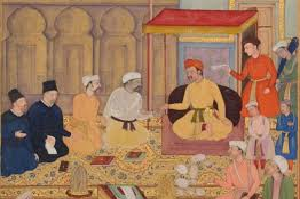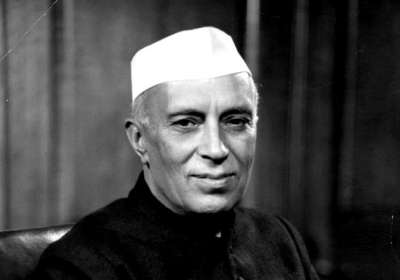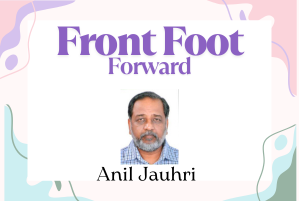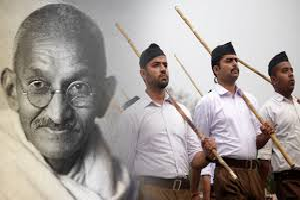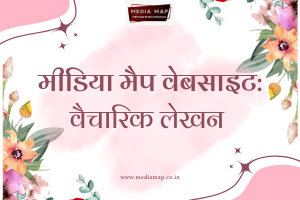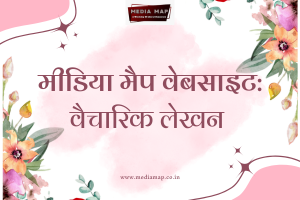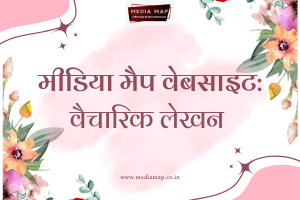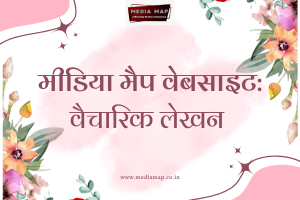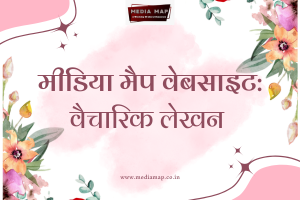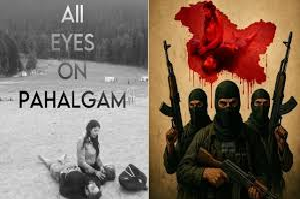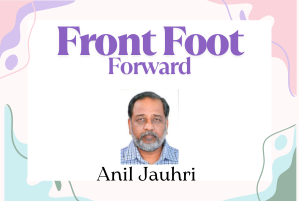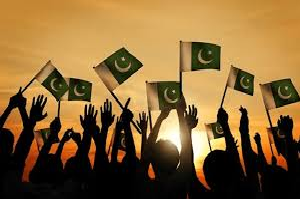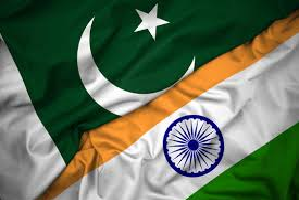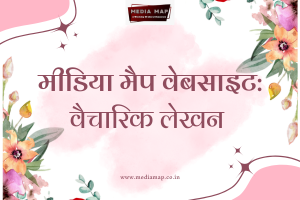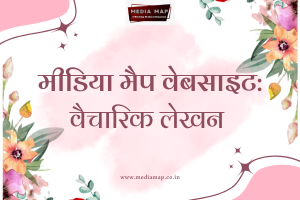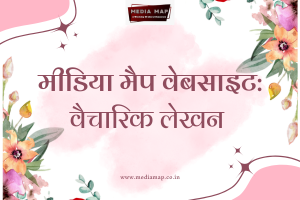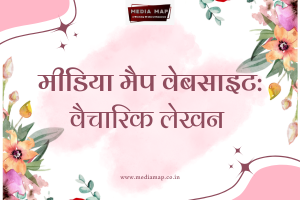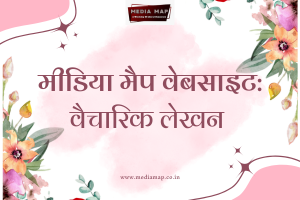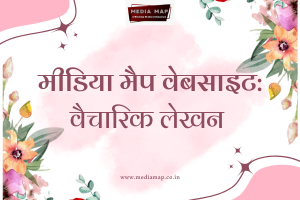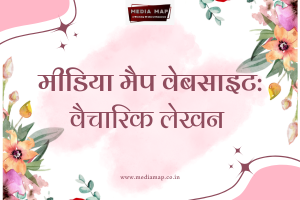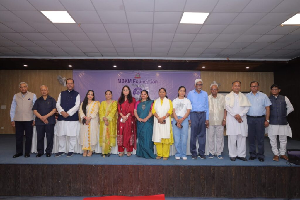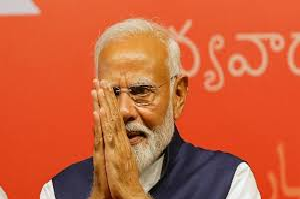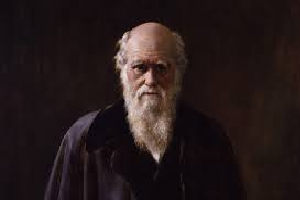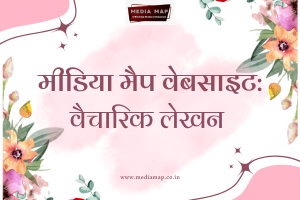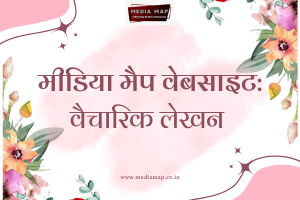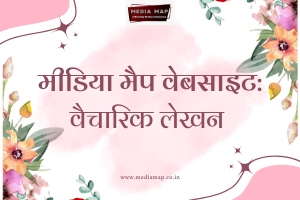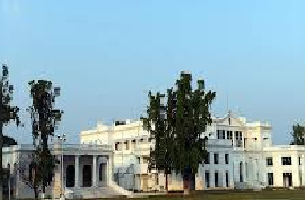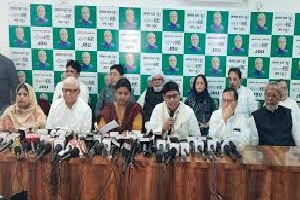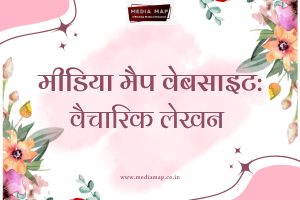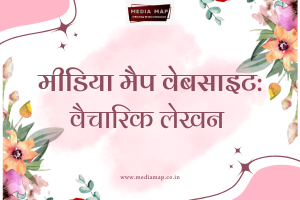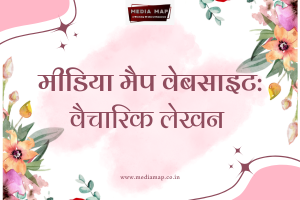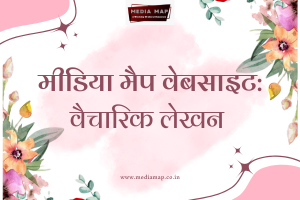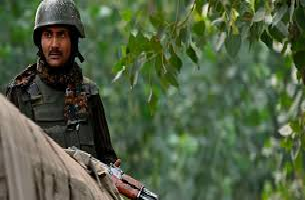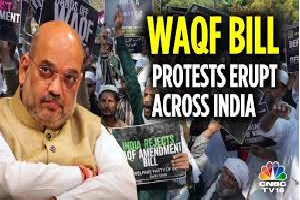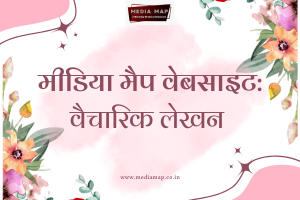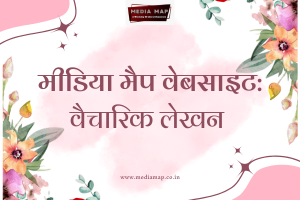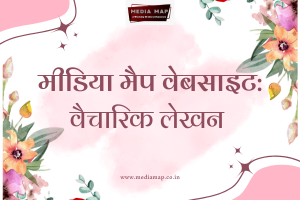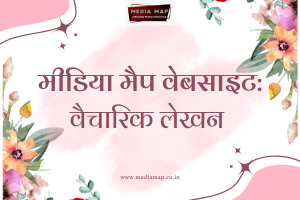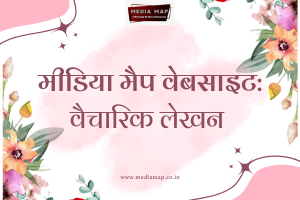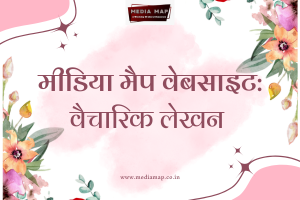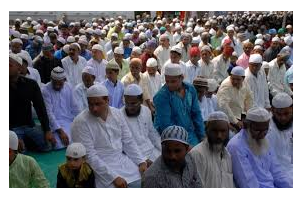12

Today's Edition
New Delhi, 12 December 2023
J. S. Yadav

(A lot has been said since the announcement of the election results of five state assemblies on December 3. The verdict has been interpreted in different ways by different people and not without reason. In fact results surprised the winner and the loser alike. Besides the obvious reasons which are discussed by common people and media there are some other factors that influence voters’ mind and impact the final outcome. In this article the author, a seasoned political analyst and mass communication researcher, discusses the psychological factors behind the verdict. –Editor)
Elections in a democracy are battles for mind and managing perceptions of the electorates. For this, political parties provide rationale and raise emotive issues using ‘fear’ and ‘hope’ appeals to turn the balance in their favour.
The efficacy of ‘fear’ messages during the polls is explained by Protection Motivation Theory in psychology. ‘When faced with a fearful message, people will assess the probability that threat of not acting will have on their lives and ,therefore, try to protect themselves by taking actions to prevent the potential threat from becoming reality’. Similarly ‘hope’ messages assure of better future. So, the election agenda of BJP revolved around nationalism / patriotism and promise of better tomorrow vs the Opposition agenda of ‘fear’ about the survival of democracy, pluralistic idea of India, and darker future for farmers, unemployed youth,small shopkeepers and marginalised sections of society.
To reach out to the electorate, different contesting parties, their leaders, and workers spread enormous amount of information/ publicity / propaganda material through different channels including social media. With IT revolution and digitalization the creation and spread / penetration of such materials have become possible even in rural areas and among weaker sections of society. The speed with which this is being done, it is difficult to ascertain veracity of the contents. As such a lot of fake/ false information and images get into circulation to hoodwink the voters.
In addition, the voters’ concerns of ‘identity’ and ‘access to their elected representatives’ weigh in their minds before deciding and casting their votes. As such, the election campaign agenda becomes more decentralized constituency specific and even village and caste specific.
While casting their votes the voters take into account as to who are the contenders in their particular Assembly constituency. Keeping the system that one who passes the pole first wins the election, the main contesting parties put up/ support a number of other candidates to nibble in the potential voters of the opponent on the basis caste/ community/ religion or other considerations. Even so the voters generally sense as to who are the 2 / 3 main contestants and opt for of one as their choice. More over the voters often vote to defeat a candidate and teach him /her some lessons, rather than elect someone.
Perceptions hugely influence the outcome in any democratic electoral battle. Conventional wisdom and even hard research evidence suggest that the fear messages in election narratives generally work. As such, on the one hand, the BJP strategy has been of spreading fear of Muslim minority becoming majority through unchecked population growth, conversion to Islam using coercive and or incentives methods and techniques. Hence campaign against ‘love jehad’ and the proposed bill to ‘control’ population through ‘incentives and ‘disincentive’. Fear of instability and setback to speedy development is also often fanned by the BJP regime as the divided Opposition often does not have any common policy or program. Further, the fear of Muslims becoming dominant political force in India is being fanned by BJP and its supporters. On the other hand for those opposing BJP, the narrative is the fear of end of democracy and the death of pluralistic idea of India.
As a matter of fact, the recent Assembly elections in five states have been precursor of the 2024 Parliament elections. These assembly elections tested many political assumptions and actions of both the BJP and the Opposition parties. Efficacy of election campaign was marked by shrewd strategy, skills and resources.
BJP had an edge over its opponents and hence won the Assembly elections in three Hindi-speaking states where the Congress was a major force. But the voters in India, notwithstanding poverty, lower literacy etc finally make right choice in casting their voters and often prove well- researched and argued forecasts wrong. In addition certain sudden developments and events can upset applecart as happened in 2004 elections. Nobody knows what would be the voters choice in the Lok Sabha elections next year.
-------------
Prof. J. S. Yadav is former Director Indian Institute of Mass Communication, New Delhi & Consulting Editor-Mediamap News Network Mob: 9810355350; Email: jsyadava@gmail.


